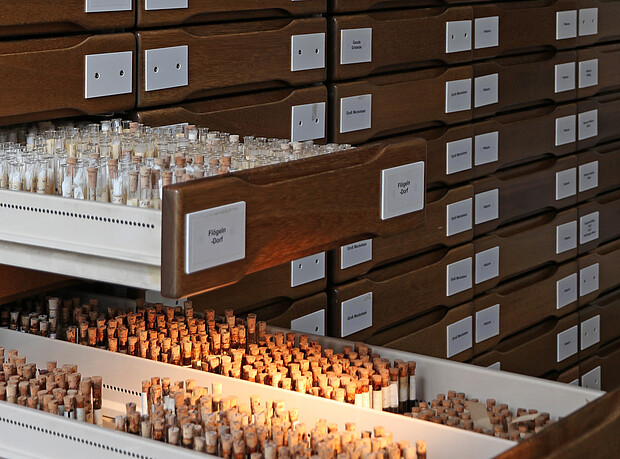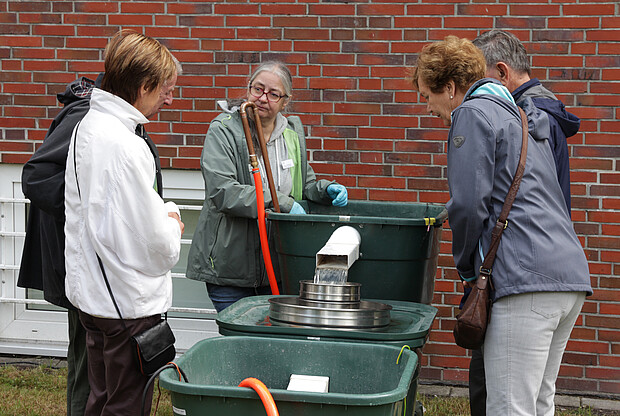Storage and analysis of botanical macroremains


Plant remains from archaeological excavations are among the most important sources for the reconstruction of past environmental conditions. Due to the high relevance as source material, cultivated plant remains should be given the same importance in archaeological investigations as pottery, bone, textile and metal finds. Because of their low visibility and the fact that there is often no technical expertise for an identification on site, the finds have often received little attention.
With this initiative, the Lower Saxony Institute for Historical Coastal Research (NIhK) is promoting the systematic sampling of meaningful features such as wells, fireplaces and pit houses in larger excavations with chronologically well-secured contexts of findings from the first and second millennium in an appropriate manner and sieving out or washing out plant remains. The Ministry for Science and Culture of the State of Lower Saxony made special funds available to support the project.
The NIhK offers support with the sampling of features on site and an introduction to the appropriate processing of samples (levigation, securing of sieve residues). Depending on availability, technical equipment such as an elutriator can also be made available. In the NIhK, the separated material can be examined and determined; in case of large numbers of samples, at least on a test basis, in order to be able to better assess the significance of the macro-remains from a specific site for the cultural and environmental history. The plant remains are archived in a proper way at the NIhK so that they are permanently available for further research and exhibition projects. For further information, please contact the project manager Prof. Dr. Felix Bittmann.
Further information on sampling and processing archaeobotanical samples on archaeological excavations can be found here (download link PDF document).
